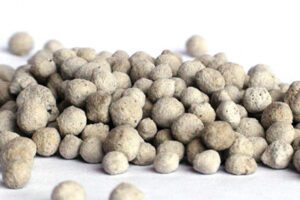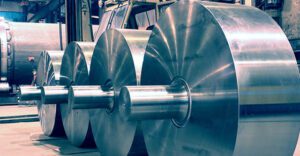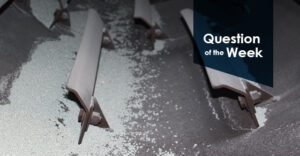A Detailed Look at Limestone Drying
Limestone is a sedimentary rock with many agricultural and industrial purposes. In order to prepare this naturally occurring mineral for use as a filler, fertilizer, or building material, many manufacturers utilize a drying step during limestone processing. Why Dry Limestone? Limestone is dried when subsequent …













